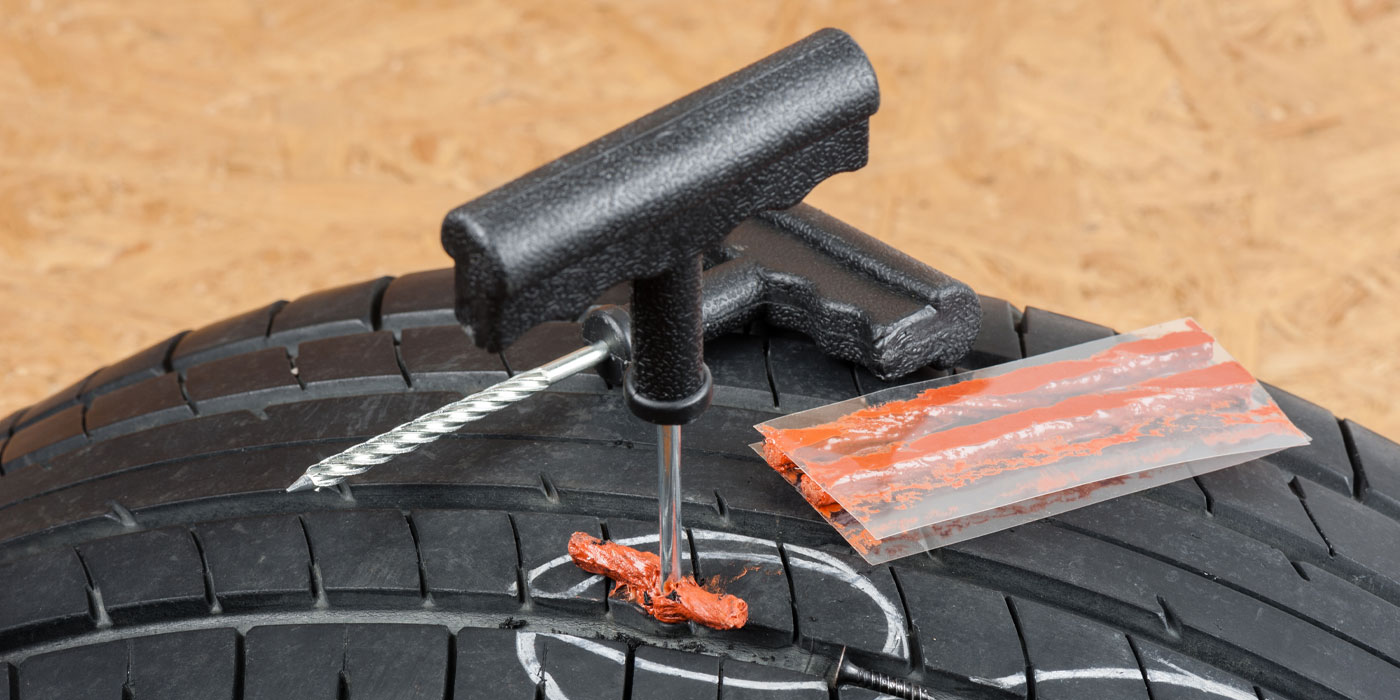Morris Tire Service: Trusted and Inexpensive
Morris Tire Service: Trusted and Inexpensive
Blog Article
Expert Overview to Tire Repair: Everything You Need to Know
Navigating the world of tire repair work can be a daunting task for numerous lorry proprietors. From recognizing the common root causes of tire damages to understanding the complex actions involved in restoring a slit, there is a wealth of expertise to comprehend. In this extensive guide, we will unwind the intricacies of tire repair work, clarifying the various kinds of repair packages available and offering important insights into when it may be time to bid farewell to a damaged tire. Remain tuned as we delve deeper right into the subtleties of tire upkeep, outfitting you with the essential knowledge to ensure your tires stand the test of time.
Typical Reasons For Tire Damage
What are the usual causes that cause tire damage, impacting vehicle efficiency and safety and security? Tire damage can take place due to various aspects, with among the primary factors being improper rising cost of living pressure. Under-inflated tires can cause excessive warmth build-up, bring about boosted wear and potential blowouts. Conversely, over-inflated tires can cause reduced traction, irregular wear, and a harsher experience.

One more usual source of tire damage is poor walk deepness. Worn-out footsteps can endanger grasp on the road, especially in wet or slippery problems, enhancing the risk of accidents. Furthermore, driving over pits, debris, or sharp objects can penetrate or cause cuts in the tire, deteriorating its framework and possibly creating a level.
Moreover, incorrect wheel alignment and out of balance tires can also add to tire damages. Misaligned wheels can cause uneven wear patterns, while unbalanced tires can trigger vibrations, affecting both the automobile's handling and the tire's long life. Regular maintenance checks and prompt repair services can aid alleviate these typical root causes of tire damages, making sure ideal vehicle efficiency and security.
Kinds Of Tire Repair Packages
To deal with the results of common root causes of tire damage reviewed earlier, it is essential to understand the various kinds of tire fixing sets readily available for vehicle owners. There are largely three kinds of tire repair work packages commonly used: plug kits, spot sets, and combination fixing sets.
Patch sets, on the other hand, are much more suitable for larger leaks or cuts in the tire. These kits consist of a patch and sticky product that is applied to the inner lining of the tire to cover the damaged area securely.
Mix repair packages use the advantage of containing both plug and patch components, giving a thorough service for a variety of tire damages circumstances. It is vital for vehicle owners to familiarize themselves with these different sorts of tire fixing kits to be gotten ready for any kind of unexpected tire issues on the roadway.

Steps to Repair a Tire Leak
Repairing a tire slit needs a methodical strategy and the right devices to make certain a risk-free and effective option. When encountered with a punctured tire, the initial step is to safely draw over to a level, steady surface area far from traffic. Engage the emergency brake and area wheel chocks behind the tires to protect against any unintended rolling. Next off, remove the pierced tire adhering to the automobile manufacturer's guidelines. As soon see it here as the tire is gotten rid of, examine the pierced location to situate the foreign object creating the leak. Make use of a reaming device to clean and rough up the puncture opening for better attachment. Apply rubber cement to the area and place a plug making use of a plug insertion tool. Cut any type of excess plug material flush with the tire step. Reinflate the tire to the suggested stress and reinstall it onto the automobile. Conduct a detailed leakage check utilizing soapy water to guarantee the slit is effectively secured before returning to regular driving.
When to Replace a Tire
Identifying the appropriate time for tire substitute necessitates a thorough evaluation of various essential variables related to tire wear and safety and security. As tires wear down, the deepness of the walk declines, influencing the tire's grasp on the road. Even if the walk depth appears adequate, tires older than 6 years must be thoroughly taken a look at, as the rubber can deteriorate over time, making the tire more vulnerable to failure.

Tire Upkeep Tips for Durability
After evaluating essential variables associated to tire wear and safety and security, applying correct tire maintenance methods is vital for taking full advantage of the longevity of your tires. Regularly inspecting tire stress Your Domain Name is essential, as underinflated tires can cause enhanced wear and lowered fuel effectiveness. It is suggested to inspect tire stress at least when a month and in the past lengthy trips. In addition, maintaining appropriate wheel placement and balance can aid prolong the life-span of your useful site tires. Misaligned wheels can cause irregular wear, while unbalanced wheels can lead to vibrations and premature tire wear.
Turning your tires at normal intervals, generally every 5,000 to 7,000 miles, advertises even step wear across all tires. Evaluating tires for signs of damage, such as cuts, protrudes, or slits, is additionally vital for keeping tire longevity. By complying with these tire upkeep ideas, you can optimize the lifespan of your tires and make certain a smooth driving experience.
Conclusion
In final thought, recognizing common root causes of tire damage, utilizing the ideal tire repair packages, adhering to correct steps to repair a tire leak, knowing when to replace a tire, and applying tire maintenance pointers are crucial for optimizing the long life of your tires. By remaining educated and aggressive in resolving tire problems, you can ensure safety when driving and extend the lifespan of your tires.
Report this page